We often think of intelligence in animals in very human ways: language, tool use, memory, and problem-solving.
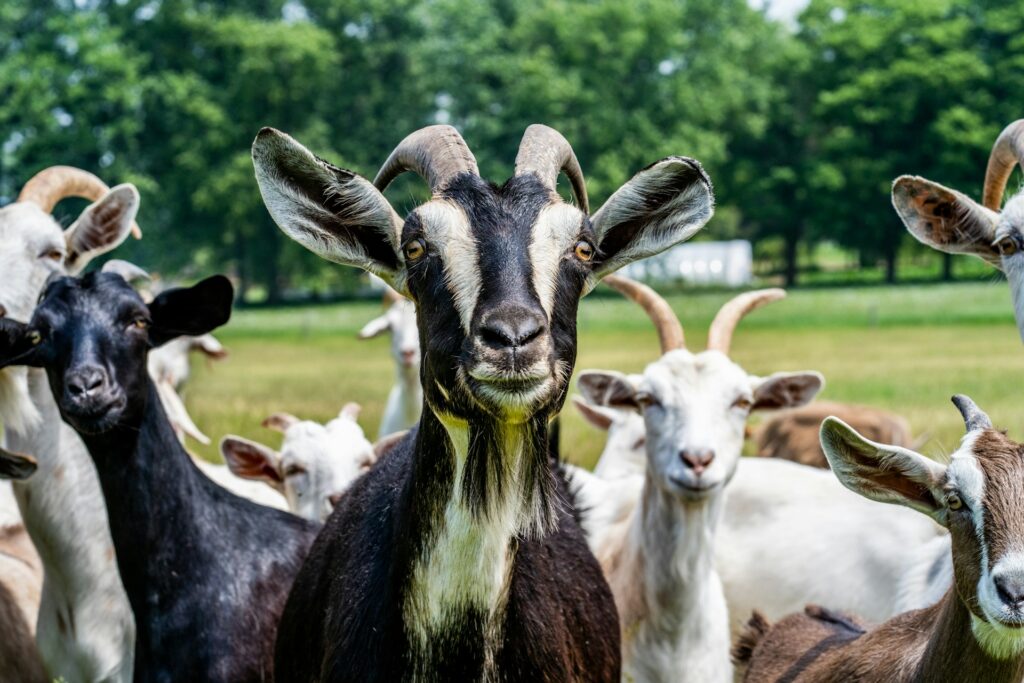
But the truth is, many animals show remarkable mental abilities that we’ve only recently begun to understand. From birds that can strategise, to insects with basic arithmetic skills, intelligence in the animal kingdom isn’t rare—it’s just different from what we’re used to. Often, the smartest creatures don’t fit our traditional expectations at all.
Scientists are learning more about animal cognition every year, and many of these findings are not only surprising but also challenge long-held assumptions about what it means to be smart. Intelligence isn’t a single skill; it’s a range of behaviours shaped by the environment, social structures, and survival needs of each species. And when we stop measuring everything against human standards, we start to see that intelligence is far more widespread and varied than we ever thought.
Here are just some animals that are far smarter than people tend to give them credit for, and what science is revealing about how they think, learn, and adapt.
1. Pigs

Pigs are emotionally and cognitively complex animals. Studies have shown they can solve mazes, play computer games, and recognise themselves in mirrors—a sign of self-awareness that’s considered rare in the animal world. They’re quick learners and show social intelligence as well, such as the ability to follow cues from other pigs or people. Pigs have also displayed signs of empathy, which adds to growing evidence that their cognitive world is more developed than many realise. In tests of memory and spatial awareness, pigs have performed on par with dogs and even some primates.
2. Crows

Crows and their relatives in the corvid family (ravens, magpies, jays) are famous for their innovative minds. They use sticks to fish for insects, drop nuts on roads, so cars can crack them open, and even understand how water displacement works to retrieve floating food. Some crows have demonstrated the ability to plan several steps ahead, and that behaviour was once thought to be exclusive to primates. Their brains may be small, but they’re densely packed and remarkably efficient. Some studies even suggest that crows are capable of analogical reasoning, which is a trait previously attributed only to humans and apes.
3. Octopuses

Octopuses are invertebrates with a brain structure vastly different from our own, yet they routinely show behaviours that point to intelligence. They’ve been observed escaping from tanks, opening child-proof containers, and even using coconut shells as mobile shelters. Their problem-solving ability, curiosity, and short- and long-term memory suggest a surprisingly high level of awareness, per Scientific American. Octopuses also show signs of individual personalities, a trait more often associated with vertebrates. One theory suggests their intelligence evolved due to their solitary, predatory lifestyle in complex environments like coral reefs, where creativity and adaptability are crucial for survival.
4. Parrots

Parrots aren’t just good mimics—they’re highly intelligent. African grey parrots, in particular, have demonstrated advanced reasoning skills. Dr. Irene Pepperberg’s work with Alex, a grey parrot, showed that he could count, identify shapes and colours, and even understand the concept of “same” and “different.” Parrots are also capable of vocal learning, meaning they can understand and replicate sounds intentionally. In the wild, some species use tools, solve foraging puzzles, and remember specific interactions with flockmates, pointing to both cognitive and social sophistication.
5. Rats
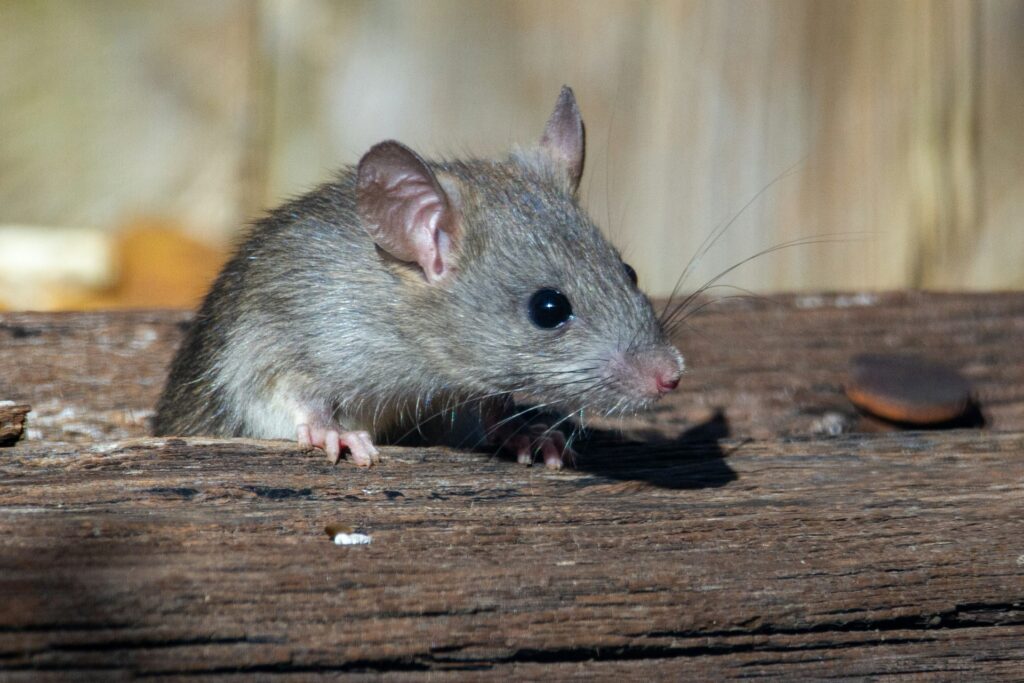
Rats are deeply misunderstood. Though often viewed as pests, their intelligence is widely respected in the scientific community. Studies have proven that they can navigate complex mazes, adapt their behaviour based on changing rules, and even express regret. Rats have been observed altering their actions when outcomes don’t go as expected—something that suggests a level of metacognition, or thinking about thinking. They can also learn from observing other rats, making them excellent models for studying learning and empathy.
6. Elephants
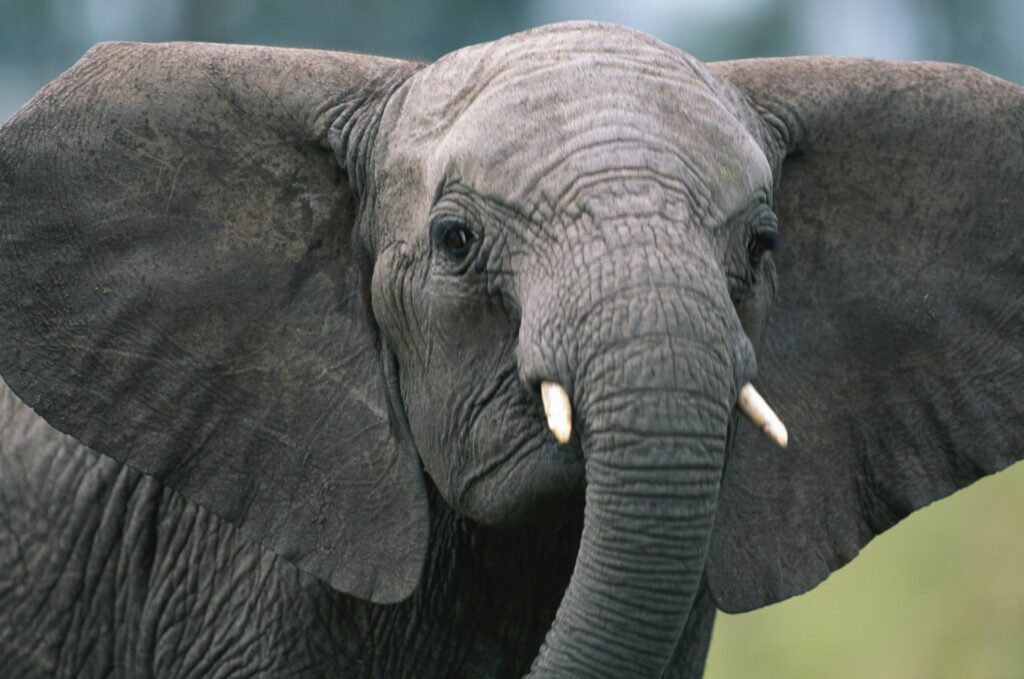
Elephants display a wide range of advanced cognitive abilities. They show empathy by comforting distressed companions, cooperate to solve shared challenges, and mourn their dead. Elephants are also capable of recognising themselves in mirrors and understanding when teamwork is needed to complete a task, as research has discovered. Their long-term memory helps them recall distant water sources during droughts, and their ability to learn from both experience and observation is key to their survival in difficult environments. Elephants also communicate using a wide range of vocalisations and seismic signals, hinting at a complex, layered social intelligence.
7. Dogs

Dogs have been bred for thousands of years to cooperate with humans, and their intelligence is reflected in how well they read and respond to us. Beyond basic commands, many dogs can recognise dozens, sometimes hundreds, of words and gestures. The late Chaser, a border collie, memorised over 1,000 object names and could categorise them. Dogs also respond to human emotional cues and can adjust their behaviour based on their owner’s mood. Research shows dogs are capable of basic inference and problem-solving, particularly when it comes to social situations.
8. Honeybees

With brains smaller than a grain of rice, honeybees are easy to underestimate. But they’re brilliant navigators, communicators, and problem-solvers. In one study, bees learned to perform basic arithmetic, adding or subtracting using colour-coded cues. They also use complex dances to share information about food locations, showing that communication can exist in many forms beyond vocalisation. Bees can even recognise human faces and differentiate between visual patterns, suggesting a capacity for learning and memory well beyond their size.
9. Orangutans
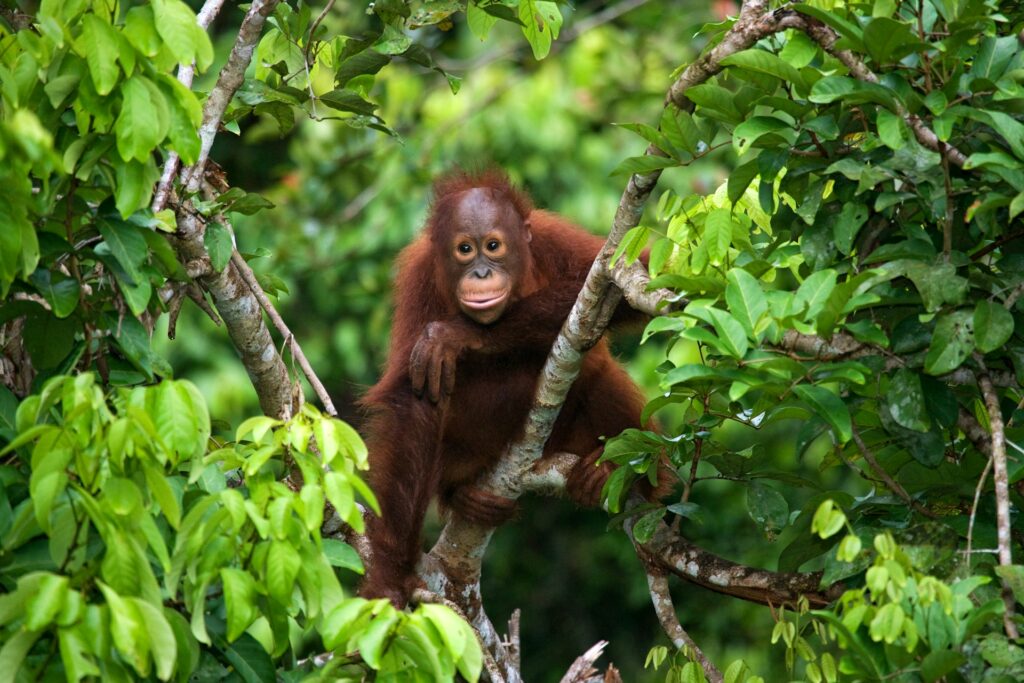
Orangutans are tool users and cultural learners. In the wild, they use sticks to extract insects and leaves as makeshift gloves or umbrellas. They’re also skilled mimics of human behaviour in captivity. Research has shown they pass down these learned skills to their offspring, suggesting a form of culture. Orangutans can also solve mechanical puzzles and plan actions, further proof of their thoughtful intelligence. They live largely solitary lives, which makes their problem-solving and memory skills particularly impressive, as they can’t rely on social learning in the same way as more gregarious species.
10. Goats
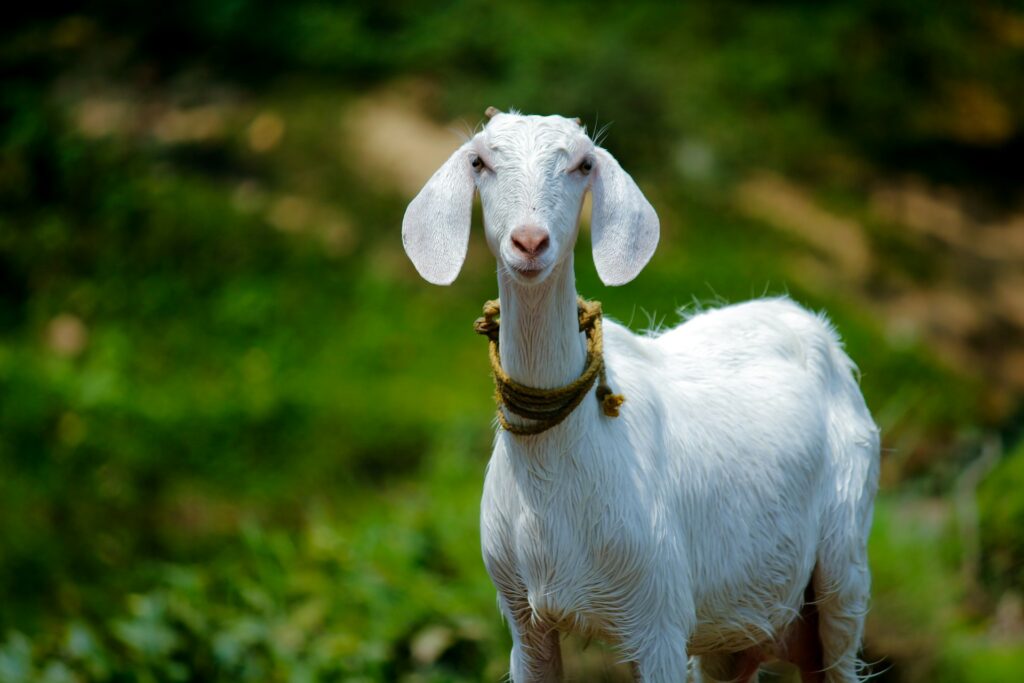
Goats are curious, clever animals with an impressive memory. In controlled experiments, they’ve shown the ability to solve complex puzzles for food and recall how to perform the tasks months later. Goats are also socially attuned. They can distinguish between different human facial expressions and prefer to interact with smiling faces—an indication of emotional intelligence. Some goats have even learned to follow human pointing gestures, much like dogs, which shows their ability to understand cooperative communication.
11. Ravens
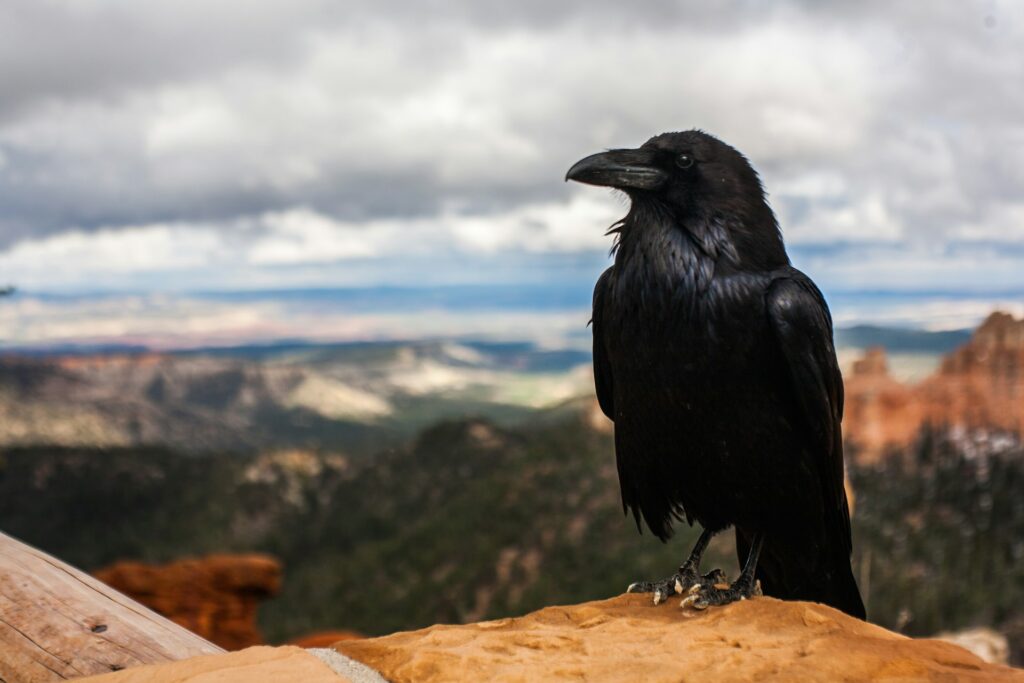
While related to crows, ravens deserve a spotlight of their own. Studies have found that they use tools, understand perspective, and can plan for future events. In experiments, they’ve been shown to barter and store items for later use, behaviour that was once believed to be uniquely human. Ravens also engage in play, both with other birds and with objects, which is often linked to higher intelligence. They show an understanding of fairness and reciprocity, and their ability to manipulate social situations places them among the most cognitively advanced birds known to science.
12. Cephalopods (squid and cuttlefish)
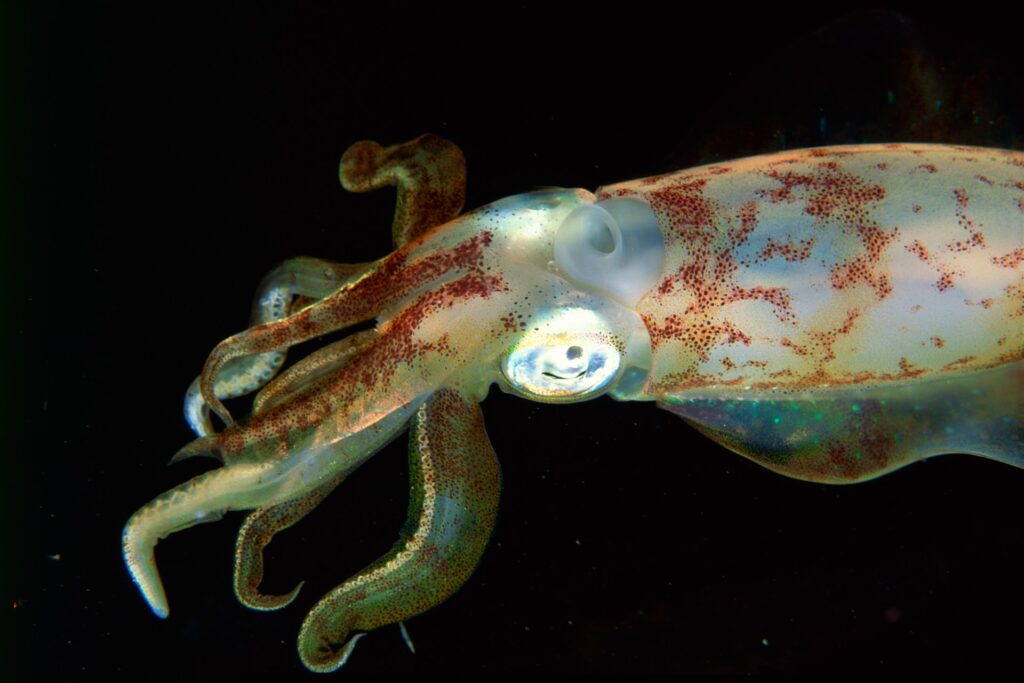
Though often overshadowed by octopuses, squid and cuttlefish also show remarkable mental abilities. Cuttlefish can remember what they’ve eaten, when, and where, showing episodic-like memory. Some squid species demonstrate complex hunting strategies and communicate using changing skin patterns, which may convey mood or intention. Cuttlefish have also been shown to delay gratification in lab studies, waiting longer to receive a more desirable reward, a sign of impulse control that many animals (and even young children) struggle with.
Animal intelligence is far more diverse and complex than we’ve long assumed.

It’s not limited to mammals or big brains. It appears in birds solving problems, in insects doing maths, and in sea creatures inventing their own tools.
What these animals remind us is that intelligence isn’t a one-size-fits-all concept. It comes in different forms, shaped by different needs and environments. As we continue to learn more, we’re beginning to see that cleverness doesn’t belong to humans alone—it’s a trait shared across the animal kingdom, in ways we’re only just beginning to understand. With each new study, we’re not just discovering smarter animals; we’re learning to be smarter observers.